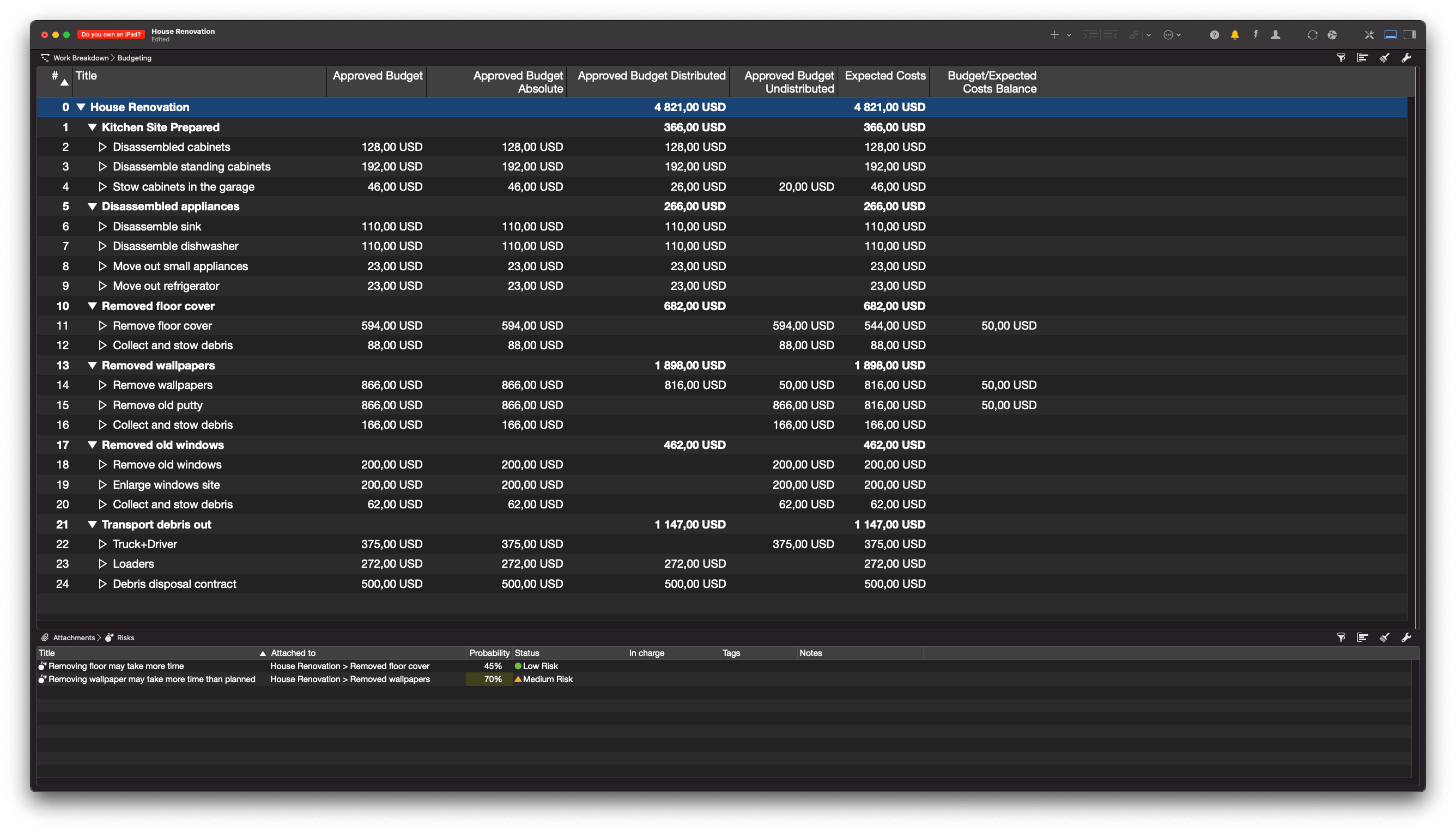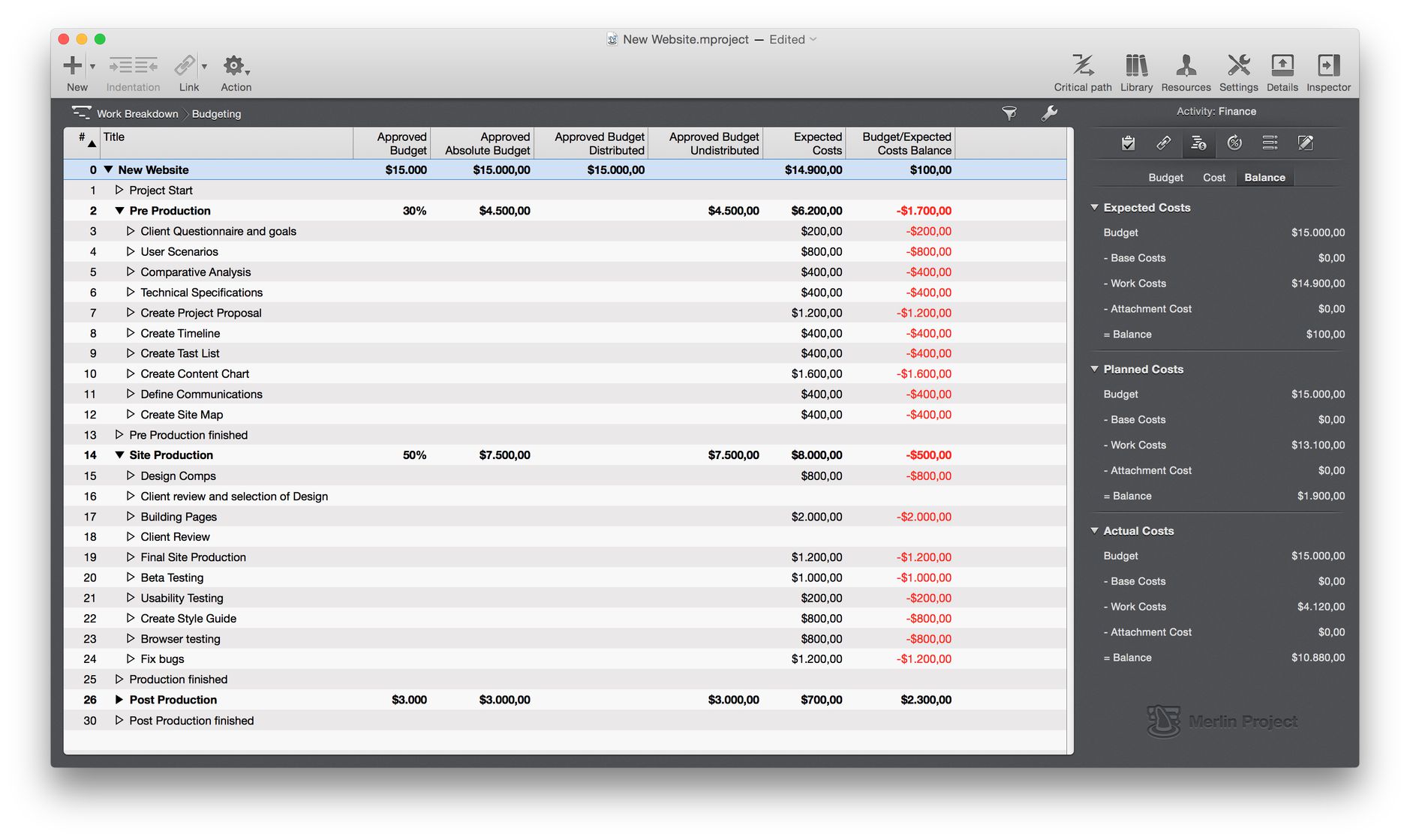

the Dynamic Onboard Energy Manager (DOEM), reacting dynamically to the indications received from ground it interfaces to the driver through the DAS.Īfter the definition of the REM-S architecture, the definition of the new business model applicable to the system has been carried out, in order to evaluate the system usability and applications.the Energy Buyer Decision Maker (EBDM), interfacing with the electricity market, is responsible for electricity purchase decision and short-term energy trading.the Energy Dispatcher, responsible for energy control: Central Energy Dispatcher for Day Ahead Optimisation at network level, Local Energy Dispatchers for Minutes Ahead Optimisation locally and for Real-Time Operation for implementation.the integrated operational solution aiming at optimising the energy management of the railway systems, includes: This level of optimisation is the link between centralised EMS and the Real-Time Operation in all zone agents. The Local EMS is done by coordinating resources to address fast, unanticipated occurrences, such as use of regenerated energy from trains, surplus energy stored in ESS or request of more energy for a train which is delayed. In minutes ahead time slices, Local Energy Management System executed in each zone optimises power profiles locally with the target of following Global EMS plan. In this architecture DAO runs a Global Energy Management System (EMS) for the whole railway network yielding energy, power or cost optimisation with a top-bottom approach based on train timetables and power estimation profiles, railway distribution network characteristics, DERs estimated generation and External Consumers power estimated demand. The RTO suggests the best implementation mode, generating indications to be fulfilled by the different actors and/or components. SSTs (substations), RSSTs (reversible substations), DERs (Distributed Energy Resources), ESSs (Energy Storage Systems) and the trains passing through the zone in the next timeslot.įinally a Real Time Operation (RTO) actuates the calculated optimal timeslot profiles for the zone calculated by the MAO, taking into account the real time status and behaviour of all the components of the zone. Following the DAO profile, MAO covers the interaction with all zone agents to fulfil power restrictions and suggestions, to accommodate surpluses and needs of the adjacent zones, and accordingly to suggest actions to zone agents, i.e.
MERLIN PROJECT MANAGEMENT UPDATE
Then a Minute Ahead Optimisation (MAO) is locally performed for a minutes defined timeslot, to update the energy needs of each zone, matching with detailed predictions from each actor (energy source, storage system,…) and the energy bought at the DAO Operation. The first level is on a daily basis – Day Ahead Optimisation (DAO) – to calculate the optimum behaviour of the network for the next 1-2 days time horizon, trying to fix the energy need for the whole network with the market prices this is performed by the Control Centre. a reference model of smart grid architectures for different sectors of application issued by the CEN – CENELEC – ETSI Smart Grid Coordination Group, consists in the optimisation of the energy flow through the railway system at different levels.


The architecture of the system, developed according to the Smart Grid Architecture Model (SGAM), i.e. Hence, it must be able to communicate to the other local entities, to the intelligent substations of neighbouring zones, and to the Control Centre, and through it to electricity market. At least one intelligent substation must be present in each zone, acting as interface for the zone entities. This can be obtained through a system monitoring the energy consumptions of the different subsystems of the railway network and their components and suggesting a ‘smart’ solution for the optimisation of use of energy in the different parts of the system.īecause of the distributed nature of the railway system, the system size, complexity and uncertainties, as well as the dynamic and moving nature of the loads, the energy management system is proposed to construct based on dividing the railway system into different local areas (zones). The Railway Energy Management System implemented in MERLIN is an integrated solution aiming at achieving a more sustainable and optimised energy usage in European electric mainline railway systems. In order to reach the project objectives, an architecture of a Railway Energy Management System (REM-S) has been developed and a new business model for the system has been elaborated.


 0 kommentar(er)
0 kommentar(er)
